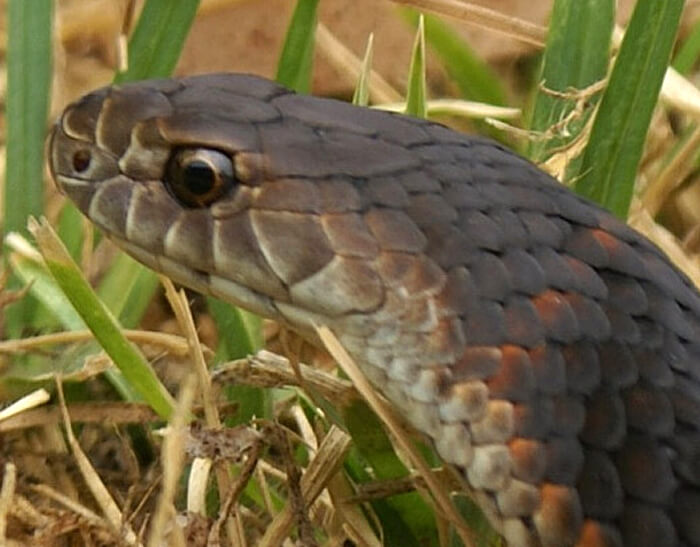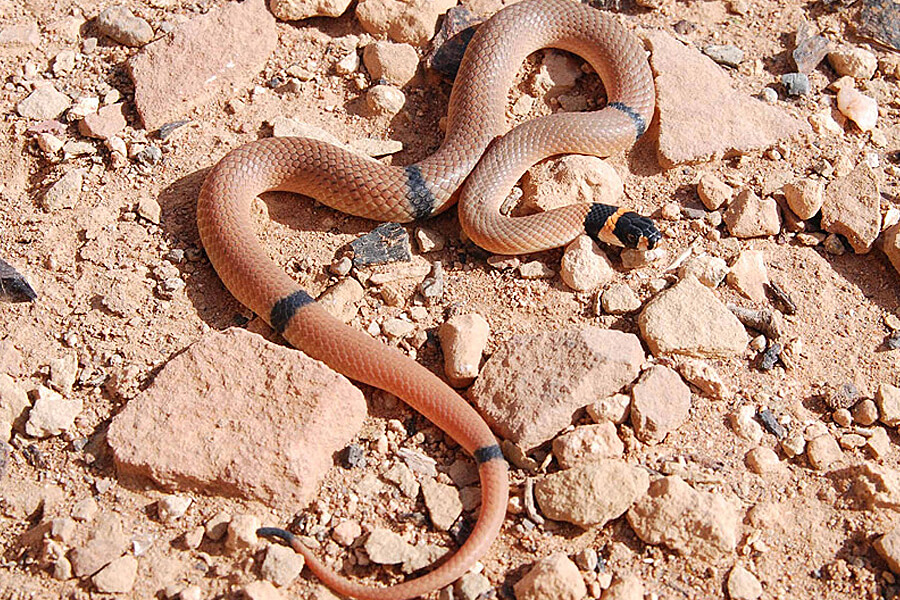Introduction
The Tasmanian tiger serpent, medically known as Notechis scutatus, is one of Australia's a lot of appealing reptiles. Found mostly in Tasmania and its surrounding islands, this serpent has actually amassed interest not just for its striking appearance yet likewise for its complicated actions and vital duty in the environment. This post will certainly explore the various aspects of the Tasmanian tiger serpent's environment, behavior, makeup, and interactions with people while giving essential details concerning safety measures in instance of a serpent bite.
Whether you're a researcher, a wildlife enthusiast, or simply somebody curious concerning these fascinating creatures, this detailed overview assures to supply understandings that are both useful and engaging. So allow's start this trip to comprehend the Tasmanian tiger snake better!
The Tasmanian Tiger Serpent: An Overview
Physical Qualities of the Tasmanian Tiger Snake
Tiger serpents are characterized by their distinctive coloration and patterns. They generally exhibit a mix of yellow or lotion stripes on a dark brown or black background-- therefore the name "tiger." Grown-up tiger serpents can mature to about 2.1 meters long, although the majority of people average around 1.5 meters.
Key Features:
- Coloration: Varies from dark brown to olive eco-friendly with lighter bands. Size: Grownups generally vary from 1.2 to 2.1 meters. Head Forming: Distinctly broad with popular eyes.
Distribution and Environment of the Tasmanian Tiger Snake
The Tasmanian tiger snake mostly lives in coastal areas, Check out here wetlands, marshes, and grasslands in Tasmania. It flourishes in atmospheres where it can quickly access water sources because it is frequently discovered near streams or lakes.

Habitat Preferences:
- Wetlands: Perfect for hunting prey like frogs and little mammals. Coastal Areas: Offers bountiful food resources. Grasslands: Gives cover and basking spots.
Understanding Tiger Snake Behavior
Feeding Habits of the Tasmanian Tiger Snake
Tiger snakes are meat-eating and opportunistic feeders. Their diet plan consists mainly of frogs, fish, little animals, and birds. They depend on their eager vision and swift motions for hunting.
Dietary Break down:

- Frogs: A primary element as a result of abundance in wetland habitats. Fish: Frequently captured when swimming in shallow waters. Small Mammals: Periodically exploit rodents.
Breeding Actions of the Tasmanian Tiger Snake
Tiger serpents have a fascinating reproductive cycle. Mating usually occurs in spring after emerging from hibernation. Female tiger snakes bring to life live young as opposed to laying eggs, which is somewhat special amongst reptiles.
Reproductive Cycle:
- Mating Season: Spring (September to November). Gestation Period: Roughly 3 months. Litter Size: Varieties from 20 to 40 infant tiger snakes.
Aggression and Defense Mechanisms of the Tasmanian Tiger Snake
Though they can be aggressive when threatened, tiger serpents usually favor to pull away instead of face threat straight. Their primary defense reaction include attacking when collared or displaying their size via hissing.
Defensive Strategies:
- Hissing Sound: A warning signal indicating distress. Bite Action: A last resource when escape choices are limited.
Are Tiger Snakes Venomous? Comprehending Their Venom
Venom Make-up and Effects
Yes! The Tasmanian tiger snake is venomous. Its poison has neurotoxins that can https://connerpoom.bloggersdelight.dk/2025/01/21/the-importance-of-a-snake-bite-first-aid-kit-in-australia-6/ create severe injury or even fatality if left without treatment. The results of a bite can include paralysis, swelling at the bite site, nausea or vomiting, and other systemic symptoms.
Venom Attributes:
- Neurotoxic Elements: Influence nerve system functioning. Hemotoxic Results: Can cause cells damage.
Common Symptoms Complying with a Tiger Snake Bite
Recognizing signs immediately is essential for efficient first aid administration after a snake bite:
- Severe pain at bite site Swelling Nausea or vomiting Difficulty breathing
First Aid for Snake Bites: What You Need to Know
Immediate Steps After a Tiger Snake Bite
In instance you experience a circumstance entailing a tiger snake bite, it's imperative to act rapidly:

Creating Your Snake Bite First Aid Kit
Having a sufficiently stocked emergency treatment set can make all the distinction during emergencies:|Item|Purpose|| ------|---------|| Compression bandage|To immobilize arm or leg|| Splint|To support damaged location|| Antibacterial wipes|For cleaning up injuries|
FAQs Concerning the Tasmanian Tiger Snake
What do child tiger snakes eat?
Baby tiger serpents largely feed on tiny pests and amphibians till they expand large sufficient to hunt bigger target like frogs or little fish.
How harmful is a tiger serpent bite?
A tiger snake bite can be very dangerous due to its powerful venom; immediate clinical attention is necessary for survival.
Where are eastern tiger snakes found?
Eastern tiger snakes inhabit seaside regions across southeastern Australia yet are much less common than their Tasmanian counterparts.
What should I do if I see a tiger snake?
Maintain your distance; do not Fierce Snake (Notechis species) try to manage it unless you're educated to do so-- most bites take place during attempts at capture or mishandling.
Can I endure without antivenom after being bitten?
While some people may make it through without antivenom relying on various factors such as health problems and time considered therapy; seeking prompt medical help is constantly suggested as it considerably increases survival chances.
Are there any specific safety measures I ought to take while hiking in Tasmania?
Always put on sturdy boots, stay on significant routes, avoid tall turf where visibility may be limited; familiarize yourself with regional wildlife prior to heading out into nature!
Conclusion
The Tajamanian tiger serpent stands for a crucial part of Australia's abundant biodiversity landscape both environmentally as predators and culturally as signs within Australian mythology. Recognizing their environment preferences along with habits offers understanding right into exactly how we can coexist safely while respecting wild animals limits-- keeping in mind that recognition leads us in the direction of much safer journeys outdoors!
By staying notified regarding prospective dangers such as envenomation from bites while likewise taking preventive measures guarantees favorable experiences when encountering these interesting animals!
In final thought, whether you're interested by their striking appearance or astounded by their intricate habits-- the Tasmanian tiger serpent certainly deserves recognition past simple attraction-- it encapsulates nature's elegance intertwined intricately within our ecosystems!